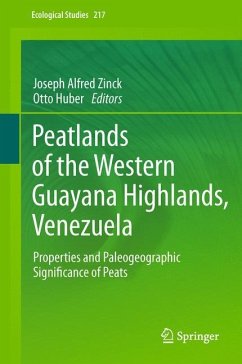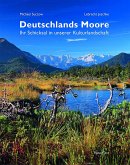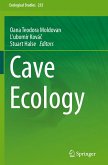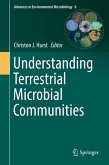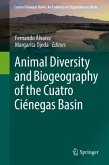This book reviews the properties, age record and paleogeographic significance of peatlands, covering geology, geomorphology, vegetation and soils that characterize the biophysical environment of tepui summits in the western Guayana Highlands.
The Guayana Highlands in northeastern tropical America, rising from lowland rain forests and savannas up to 3000 m elevation, are characterized by ancient tablelands called tepuis. The peatlands that developed on the tepuis constitute unique and fascinating ecosystems and are the focus of this volume, which starts with an overview of tropical and subtropical peats, followed by an introduction to the geo-ecological features of the Guayana region as a whole, with special emphasis on the diversity of the vegetation cover from lowlands to uplands to highlands. The core subject centers on the properties and dating of the peat deposits and the interpretation of the chronological record in terms of past environmental changes. The well illustrated book will appeal to a broad range of scientists interested in tropical highland peats, including quaternarists, soil scientists, geomorphologists, geographers, geologists, ecologists, botanists, hydrologists, conservationists, and land use planners.
The Guayana Highlands in northeastern tropical America, rising from lowland rain forests and savannas up to 3000 m elevation, are characterized by ancient tablelands called tepuis. The peatlands that developed on the tepuis constitute unique and fascinating ecosystems and are the focus of this volume, which starts with an overview of tropical and subtropical peats, followed by an introduction to the geo-ecological features of the Guayana region as a whole, with special emphasis on the diversity of the vegetation cover from lowlands to uplands to highlands. The core subject centers on the properties and dating of the peat deposits and the interpretation of the chronological record in terms of past environmental changes. The well illustrated book will appeal to a broad range of scientists interested in tropical highland peats, including quaternarists, soil scientists, geomorphologists, geographers, geologists, ecologists, botanists, hydrologists, conservationists, and land use planners.
From the reviews:
"This book presents the results of fieldwork carried out in the western section of the Guayana Highlands between 1992 and 1996. ... The book has 9 chapters covering geology, geomorphology, vegetation and soils of the tepui summits (table mountains) of the Guayana Highlands of southern Venezuela ... . this book is a fascinating read and is recommended as a major source of information on a little known and hardly understood peatland ecosystem." (Jack Rieley, Erdkunde, Vol. 66 (4), 2012)
"This book presents the results of fieldwork carried out in the western section of the Guayana Highlands between 1992 and 1996. ... The book has 9 chapters covering geology, geomorphology, vegetation and soils of the tepui summits (table mountains) of the Guayana Highlands of southern Venezuela ... . this book is a fascinating read and is recommended as a major source of information on a little known and hardly understood peatland ecosystem." (Jack Rieley, Erdkunde, Vol. 66 (4), 2012)

